How to Grow Leeks
The leek is a very versatile vegetable related to the onion, which is often used in soups and stews but it also makes a great side dish too. Leeks can be boiled or steamed, grilled or fried in butter and even eaten raw in salads. There are numerous delicious recipes for leeks including serving them with cream or cheese sauce and serving them up with fish or chicken. In some cases, they can be used as a substitute for onions although some people prefer to use them in a much broader context, which might include a variety of tarts, quiches and grills.
Seed Sowing
Seeds can be sown into prepared seed beds or sown directly into their growing beds. They can also be started off early under glass, which helps to prolong the growing season. For early and larger plants, sow seeds from January to March into pots or deep trays containing a quality seed compost. The temperature should be maintained at around 21C until seeds have germinated. Keep the young seedlings watered and ensure they are placed in a light and airy position in the greenhouse. Plant out during April or May after hardening the plants off in a cold frame or similar.
Outdoors, seeds can be sown into prepared seed beds at a depth of 1cm and then thinned out and transplanted to their permanent beds during April or May. Use a dibber or broom handle to make planting holes 15cm deep and 20cm apart, with 30cm between the rows. Place the plants into the holes and water them. Do not fill the holes with soil as this will allow the plants to swell quickly and the soil will fall in gradually. Alternatively, and providing space is not an issue, you can sow the seeds directly into prepared growing beds.
Soil Preparation
Leeks are very easy to grow and will tolerate most soil types although drainage, as for many types of plants, is always an important factor to consider. Leeks will grow best in light soil and in a sunny position. Heavy soils may need the addition of horticultural grit to help improve drainage. For optimum results, prepare the growing area in the autumn or early winter, incorporating plenty of well-rotted organic matter. Leeks will also grow well in beds that have been previously used to grow other crops. The application of a well-balanced general fertiliser a week before sowing or planting will also help the plants get off to a healthy start.
Planting Out
Plants that have been started off in under glass will be ready to plant out into their prepared beds during March or April after hardening off. Seedlings that have been grown outdoors in seed beds will be ready for transplanting when the stems are about as thick as a pencil. Most young leek plants will tolerate moderate frost. Ensure the seedlings are planted at least 15cm deep so that a large proportion of the stem is below ground level. Space the plants at 20cm apart and 30cm between the rows. If you are growing a large number of leeks then dig trenches 15cm deep, place seedlings 20cm apart in an upright position and gently backfill with loose soil. Water the seedlings well after planting.
General Aftercare
Leeks require a long growing season so regular hoeing and watering are the main activities, which need to be routinely carried out. They will also need feeding with a general granular fertiliser or liquid feed throughout the growing season. Leaves that get too long may begin arching over and touch the ground where they could begin to rot. To avoid this, trim them back a little if necessary. If you prefer your leek stems to be blanched (white) then you can begin drawing soil up the stems from about 3 weeks before harvesting but take care not to let soil fall into the leaf folds. Alternatively, you can roll cardboard around the stems to exclude any light.
Harvesting
Leeks can take from 25 to 40 weeks to mature. Harvesting can take place from August to the following February, depending on when the seeds were first sown. The hardy varieties will overwinter in the ground or you can lift and store them in a dry place where they should keep for about a month. Always use a fork to loosen the soil around the base of plants before pulling them clear of the ground. If required, leeks can be kept frozen for up to 2 months. Cut off the roots and any darker green leaf sections. Wash the stems thoroughly to remove any grit. Cut along the length of the stems and place into boiling water for one minute then immerse in cold water for one minute. Place into freezer bags and put them into the freezer.
Pests & Diseases
During prolonged damp and humid conditions leek rust can be a problem, especially if plants are too close with little space for adequate air circulation. Remove any infected leaves. Onion white rot is a soil-borne fungus, which causes yellowing of the leaves and a white fluffy fungal growth. There is no chemical cure so best to plant leeks and onions in a different location the following year. Be vigilant for caterpillars of the leek moth and remove them as soon as they are detected.

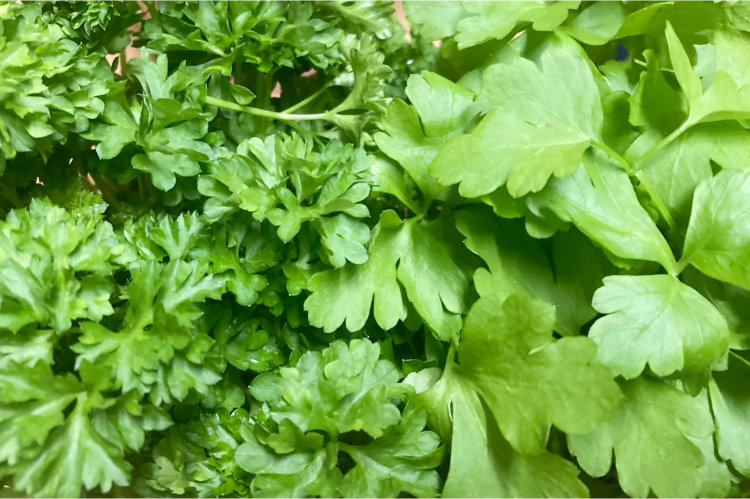

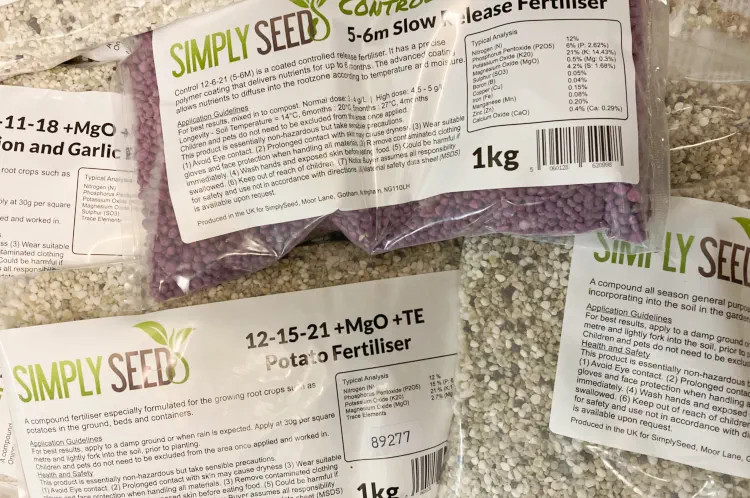
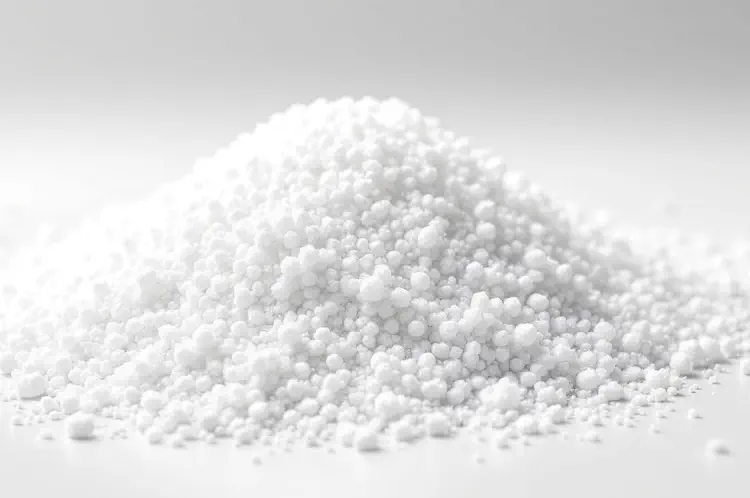
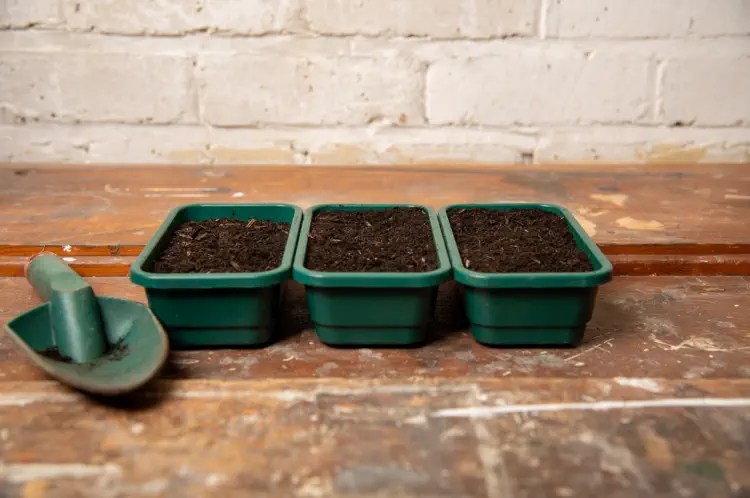
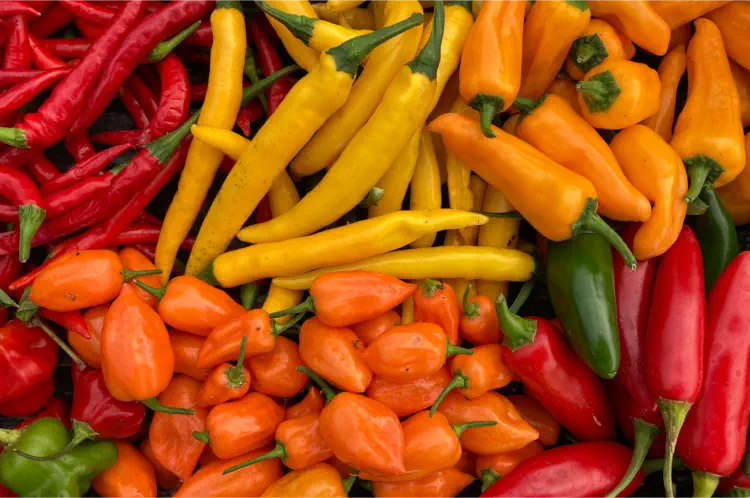

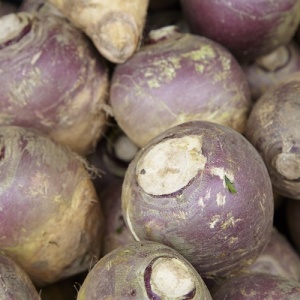

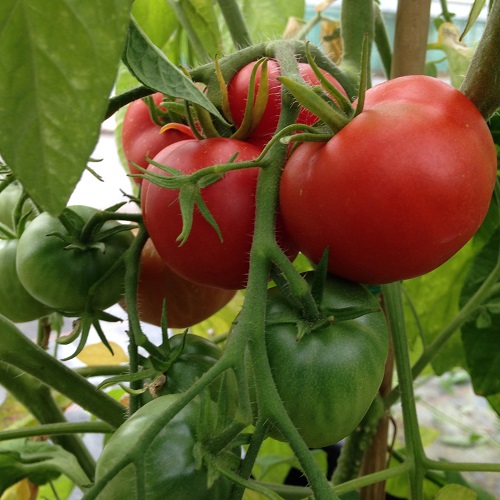
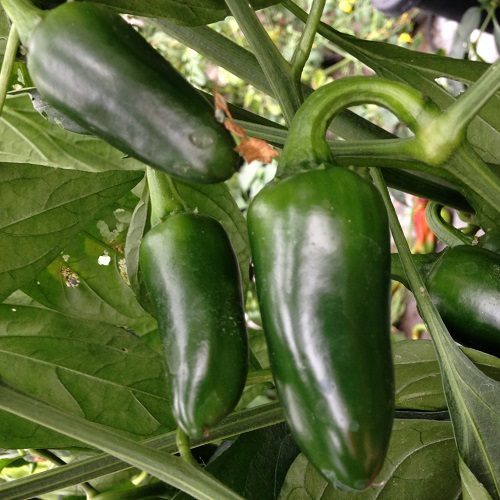
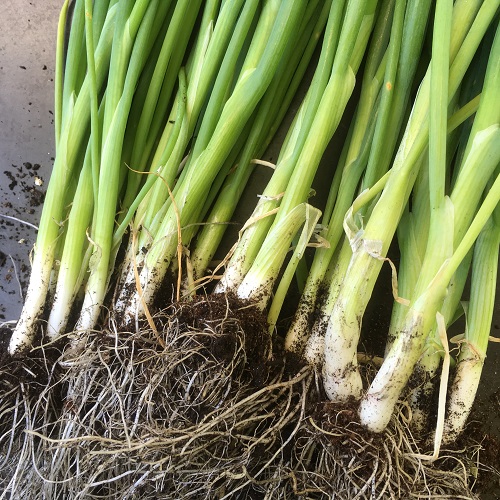
This information has been helpful to a very amature gardener like me ( only been gardening about 50 years)
I didn`t buy from you this year, but I will be again next year
Many thanks